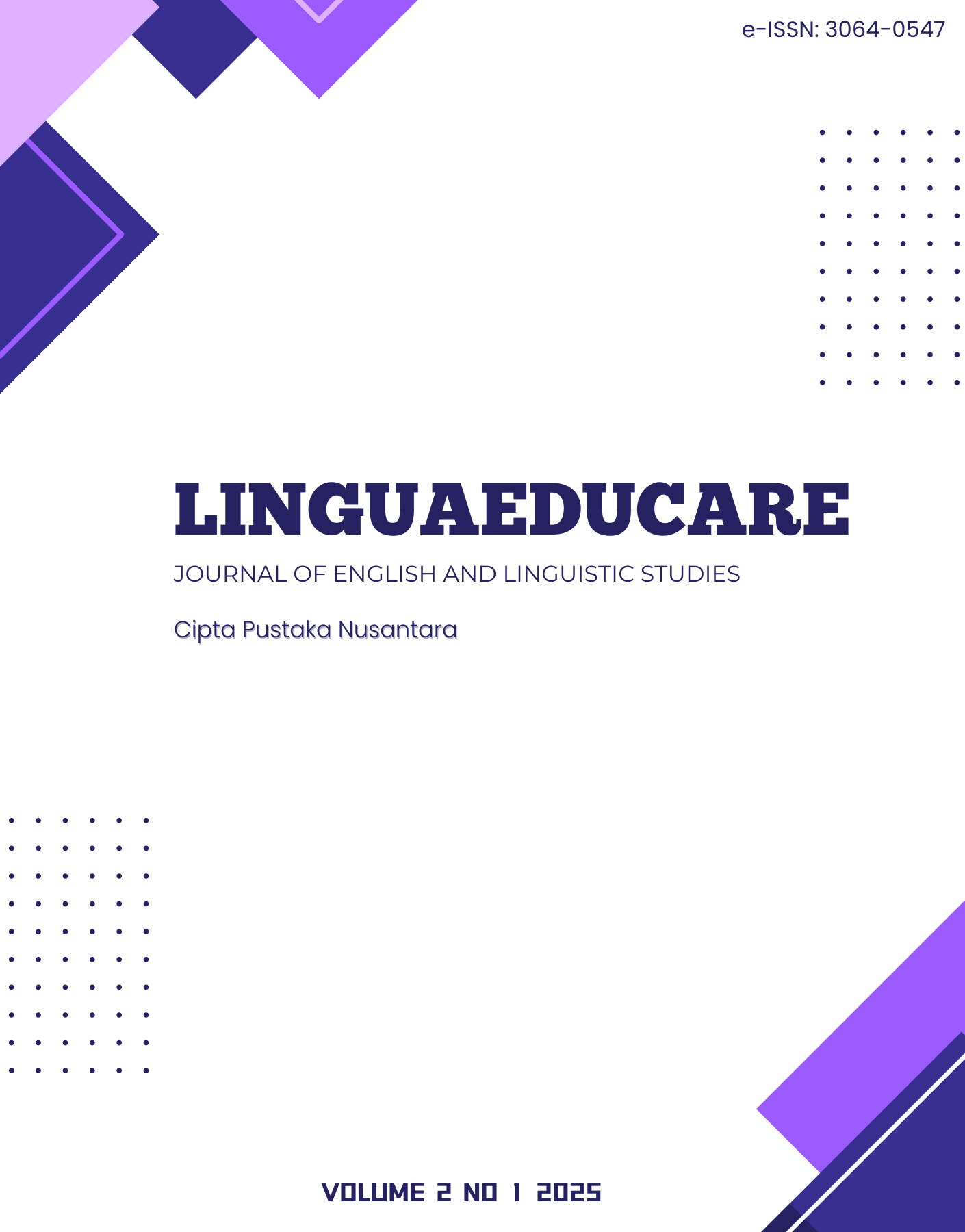Gender Formulation in the Daily English Proverbs: A Discourse Analysis Study
DOI:
https://doi.org/10.63324/lec.2v.1i.82Keywords:
Discourse Analysis, English Culture, Linguistic Connotations, ProverbsAbstract
Proverbs are utilized in all languages to communicate particular messages. However, when proverbs are translated from one language to another, translation difficulties arise due to the cultural and linguistic connotations inherent to proverbs. The concept of power, and more specifically the social power of organizations or institutions, is typically considered to be one of the most important aspects of critical study on discourse. The role of women that is wife, daughter, mother or sister is being described and analyzed throughout discourse concepts such as power and social inequality. This study presents violence in critical discourse analysis of Proverbs of English to examine how power relationships of different genders are determined through linguistic choices in different languages/societies. The data of this study are 17 proverbs which have been selected from different sources about proverbs which are the most prominent in the English culture. Van Dijk (1988/1995) Model of Dominance and Power is used: When it comes to power problems, van Dijk (1995) tends to take a cognitive approach. The study has shown that Femininity can be seen as an established ideological term, portraying women as mere victims of subjugation.
References
Brown, E., & Miller, J. (2007). Syntax: A linguistics introduction to sentence structure. Hutchinson Group.
Brown, G., & Yule, G. (1983). Discourse analysis. Cambridge University Press.
Crystal, D. (2012). A dictionary of linguistics and phonetics. Blackwell Publications.
Dijk, T. A. van. (1989). Handbook of discourse analysis: Discourse and dialogue. Academic Press.
Dijk, T. A. van. (2008). Discourse and power. Red Globe Press.
Downey, W. (1858). Proverbs. Edward Walker.
Eggins, S. (2004). An introduction to systemic functional linguistics. Bloomsbury.
Fairclough, N. (2003). Textual analysis for social research. Wiley-Blackwell.
Fairclough, N. (2010). Critical discourse analysis: The critical study of language (2nd ed.). London Press.
Hildebrandt, T. (2005). The proverb: An interdisciplinary approach to a biblical genre. Gordon College.
Johnstone, B. (2018). Discourse analysis (3rd ed.). John Wiley & Sons, Inc.
Kaplan, M. (2002). Using proverbs to explore intergenerational relations across cultures. The Pennsylvania State University, University Park.
Kerschen, L. (1998). American proverbs about women. Greenwood Publishing Group, Inc.
Litovkina, A. T. (2019). Women through anti-proverbs. Springer Nature Switzerland AG.
Mills, S. (2003). Michel Foucault: Critical discourse analysis. Routledge.
Paltridge, B. (2021). Discourse analysis: An introduction (2nd ed.). Bloomsbury.
Ridout, R., & Witting, C. (1983). English proverbs explained. Librairie du Liban.
Schipper, M. (2004). Never marry a woman with big feet: Women in proverbs from around the world. Amsterdam University Press.
Spears, R. A. (2000). American idioms dictionary. The McGraw-Hill Companies.
Speer, S. A. (2005). Gender talk. Routledge.
The Oxford dictionary of proverbs. (2008). Oxford University Press.
Wodak, R. (Ed.). (1997). Gender and discourse. London University Press.















